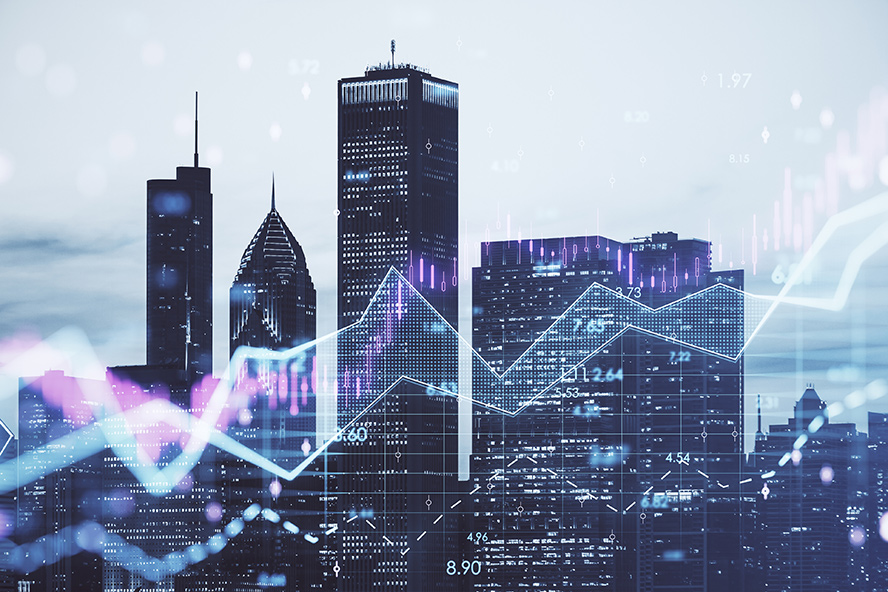Commercial real estate investors will have been happy to wave goodbye to 2022. Growth slowed sharply over the year and activity plummeted amid geopolitical turmoil, rising inflation and the withdrawal of monetary policy support. All this had a severe impact on market confidence.
Although this gloomy sentiment has carried through into the start of 2023, according to Savills Research, investment and growth may return to the sector in the second half of the year, sparked by plateauing interest rates and a fall in inflation.
Riskier assets a turn-off in uncertain markets
Rising interest rates, coupled with the slowdown of many major economies, have prompted a flight from riskier assets. This has created turmoil in equity and bond markets worldwide, as well as in the commercial real estate sector, which is, of course, a highly leveraged asset class.
Amid this uncertainty, many global investors have turned to more defensive investment strategies. Investments in best-in-class buildings with stable cash flows in domestic markets, sidestepping currency fluctuation risk, have become eagerly sought-after.
At the same time, new investments into this sector have been difficult to justify for some private equity and institutional investors, given the increased cost of debt financing versus potential property yields.
It’s a double whammy: even existing yields look a lot less attractive now next to comparable returns available from lower-risk assets, such as cash.
As a result, many institutional and cross-border investors opted to simply “hibernate” over the past six months. Transactions have ground to a halt in many commercial real estate markets.
Vendors, however, have been slow to lower prices, after several years of strong growth. This has created a fundamental mismatch between buyer and seller expectations.
Prices in some sectors may need to come down to reflect this new economic reality and encourage investors back into the market. Until this happens, some investors will continue to sit tight. Many are understandably reluctant to commit capital when there is a realistic prospect prices will be lower in six months’ time.
Resilient real estate
Despite the fundamental difficulties presented by a higher interest rate environment, there is room for optimism. The latest economic data suggests commercial real estate – along with other markets – may be more resilient than forecasts suggest.
One factor likely to support the market is the sheer number of investors with capital to deploy. Sovereign wealth funds, particularly those based in the Middle East, where fund values are swollen by higher energy prices, are a prime candidate.
Add to that the dry powder sitting in unlisted funds, plus the cash reserves in pension and institutional funds, and there’s a lot of money just waiting for economic conditions to stabilise.
Crucially, there are early signs this is starting to happen. Many vendors are waking up to the reality of the current economic situation and looking to secure a sale, albeit at a lower price, rather than refinance on less favourable terms.
Commercial real estate may have been in the doldrums. There are, however, clear signs we should turn the corner this year, returning to a buyers’ market.
To receive a copy of our Savills Global Capital Markets report for an in-depth view of opportunities within different sectors of the commercial real estate market, please click here.



